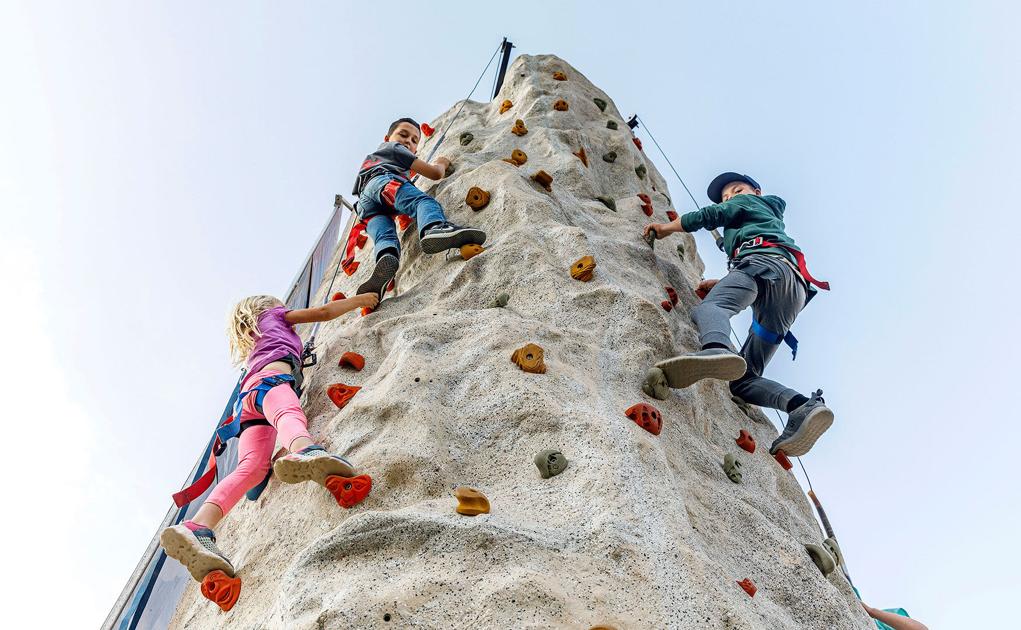

What used to scare me about editing photos is that everything I did to my images seemed so final.
Photo formation pro 1 0 11. I was using very low-tech editors like Picasa or Windows Photo Viewer and whatever changes I made were made forever because the original file was overwritten.
Red giant effects suite 11 1 13. If I cropped an image, then I lost the data I cropped out.
If I made an image black and white, I could say goodbye to the color version.
I started feeling like this was a really dumb thing to do, so my next step was to simply make copies of every image I wanted to edit and then save the changes to the copy, leaving the original intact. But that takes up space and then you have two files of basically the same image floating around. Kind of a hassle to organize and keep straight.
Hence, photo editing is vital for the well-being of your promotional mix. These computer-based editing software programs also take the scanned image of the old pictures, covert and restore them into the digital images. The editing features of the photo editing software come of great help here. The First Photo, Photo Edit, and Photo Editing Software. Aug 13, 2020 Another class of photo editors — non-destructive photo editors — apply edits to your pictures while also allowing you to revert back to the original image file. That is to say, a non-destructive photo editor doesn’t permanently alter your photo file.
Even though space is becoming less of an issue, I still knew there had to be a better way. So, what was my solution? It was an all-in-one image organizer and non-destructive editor.
Let’s go deeper into what an image organizer and non-destructive editor is and why it’ll help you.
There are so many things I love about using non-destructive editors, and one of them is their ability to let you make adjustments to your images without harming the original. It basically lets you go back at any time to the original file you downloaded from your camera without you needing to make an additional copy of the file.
Programs like Lightroom and Aperture do just that. They simply store your adjustments in a database as a set of instructions to apply to the image if you ever need or want to save and use your images outside of the program.
Here are the main benefits of using a non-destructive editor like Lightroom or Aperture.
In my scenario above, if I crop an image or tweak it in some way, the original photo is overwritten and whatever changes I make are now permanent.
With a non-destructive editor, the same changes would all be reversible. You can essentially undo everything and start back at the beginning with your unedited image.
Take this image, for example. It started out in color but say I wanted to try out black and white. I can make some adjustments in Lightroom and then see how it looks. All of my edits are displayed in the order I applied them as a stack in the “History” panel on the left (see image below).
Now let’s say I’m not liking the black and white conversion. I can simply click on the starting point in the History panel (left arrow below) and it will undo adjustments up to that point (in this case, the “Update to Current Process” is the beginning step). Or, alternatively, I can click on the “Reset” button (bottom right arrow below).
Now it’s as if I haven’t done any adjustments to my image and can start over new.
Another great thing about Lightroom is that the changes you make don’t really take up all that much extra room.


All Lightroom does is save your adjustments as a set of instructions in its database. None of these edits (adjustments) are actually applied to your photos until you export or save your image for use outside of Lightroom. Once you do export, your adjustments, along with keywords, ratings, etc., will be applied to your images.
So, instead of my old-school method of creating a duplicate copy of the original and then altering the copy, I can still have an edited file and have access to my original image, too. Just in case I want it.
And all of this takes up very little extra space on your Hard Drive (provided you don’t export two copies of your file (one being the original and one being the edited version, which would defeat the whole purpose, anyway).
You may be wondering why you couldn’t just use Photoshop, instead. How do i unlock my mac keyboard.
For a few reasons I think Lightroom or Aperture are far better.
I will say that if you have the extra cash and if you really want to give some of your images the extra punch, then Photoshop is a great way to polish them off.
Lightroom and Aperture’s nondestructive editing methods can help you save space, are easier and more intuitive to learn, and will let you undo any changes you made. And it’s way cheaper than something like Photoshop and more full-featured than free programs. I don’t think you can go wrong.
